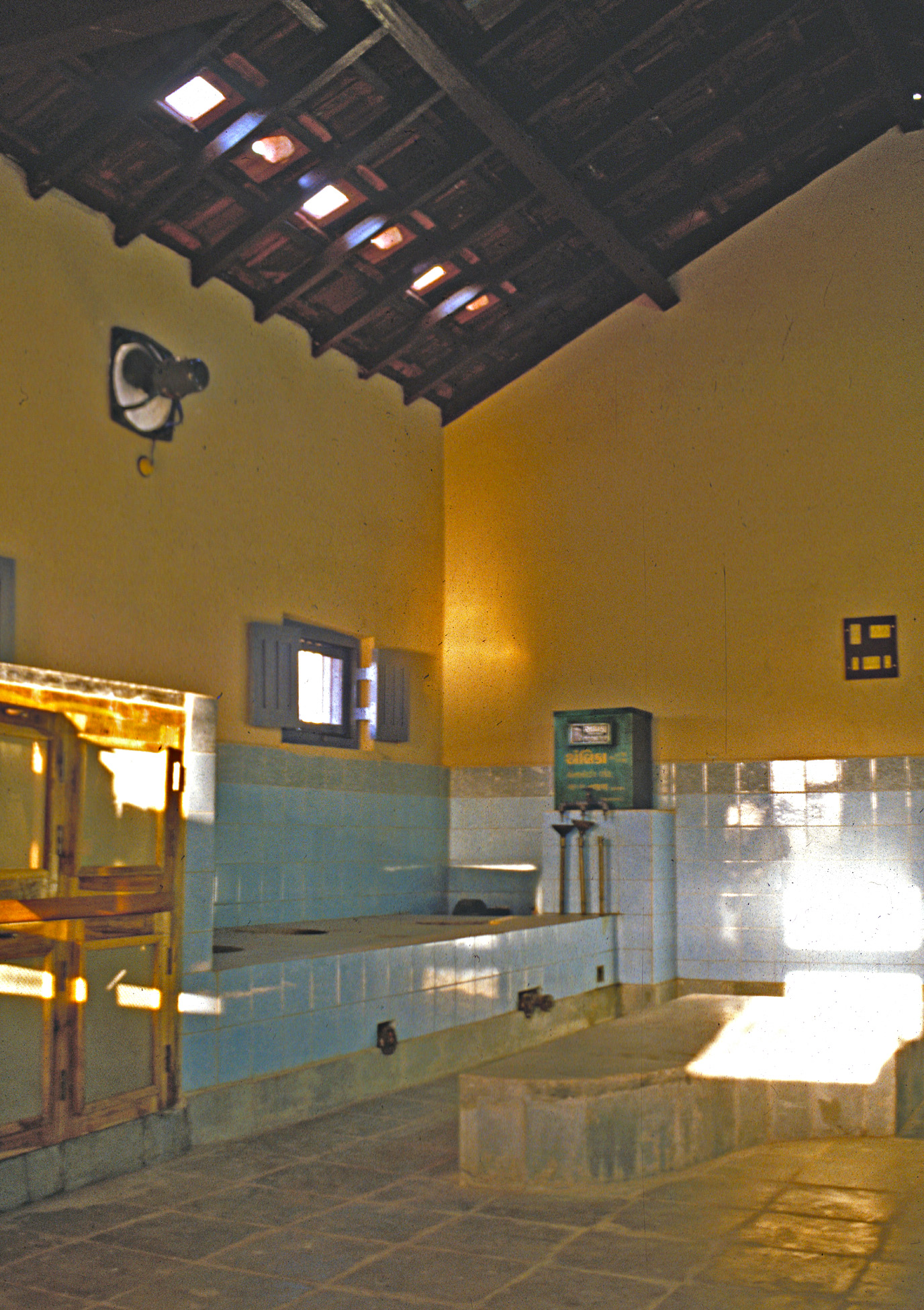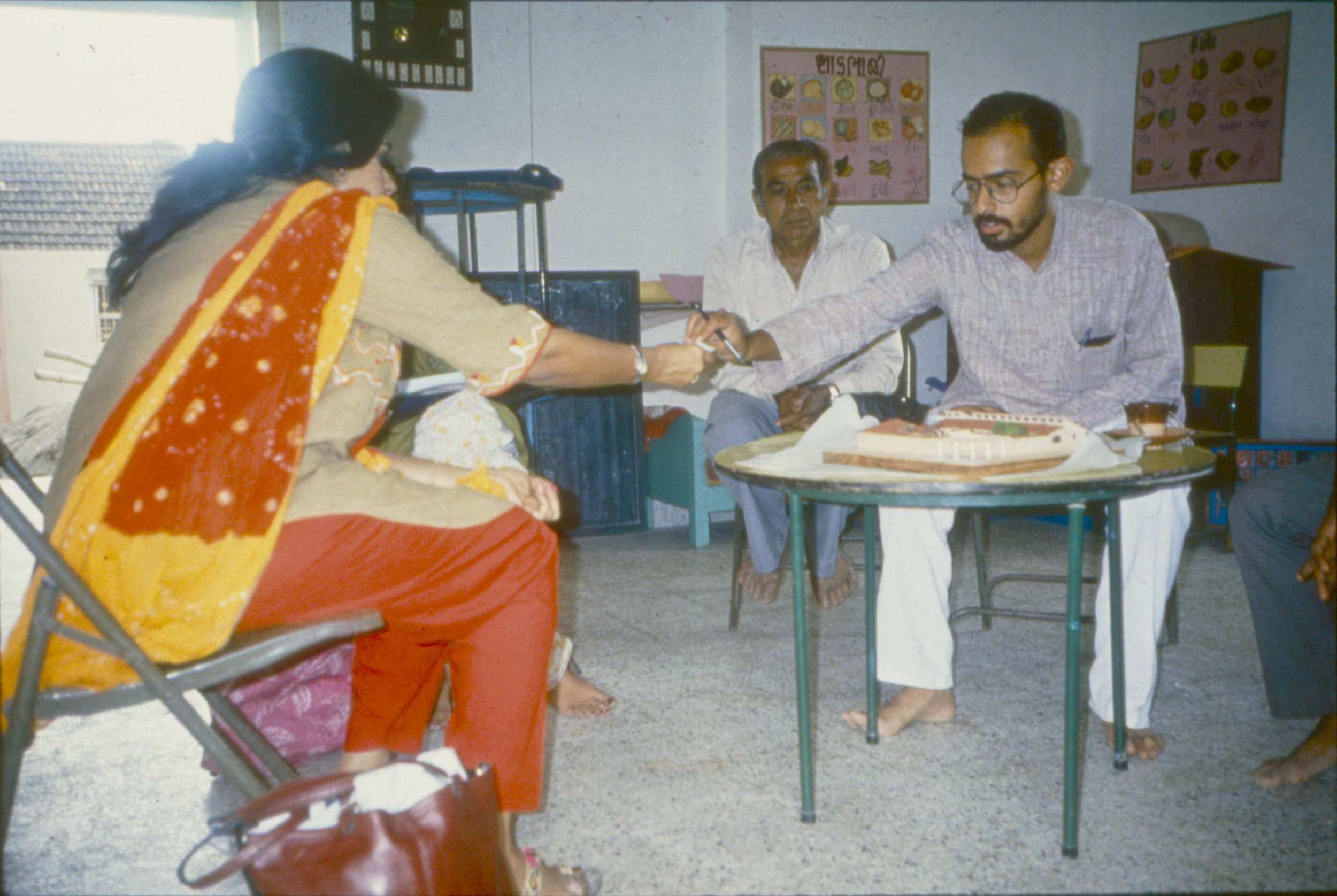Rural Habitat Development Programme
The overall strategy of the Rural Program has made a significant impact on the villages of India. The framework and approach of the original program contributed to the success of these subsequent sub-programs. By designing and developing an overall approach and framework—and not just on specific projects—the program resulted in several highly effective sub-programs that have benefited thousands of community members over the last 25 years. The program developed in a constantly evolving, flexible, and collaborative fashion that emerged from specific circumstances and produced stronger projects that gained the trust of villagers.
Pragmatist philosophy offers us deep insights not only into the Rural Program, but also to initiatives that seek transformation in cities. Of course, villages and rural areas offer special challenges [e.g. lack of infrastructure, lack of access to resources], but also special advantages [e.g. smaller community sizes, manageable land areas]. The principal insight is that we can obtain a deeper understanding of design-building-and-transformation processes from initiatives such as the Rural Program, including its successes and failures. Most of all, by adopting an approach that works things out in response to changing circumstances and needs [i.e. anti-foundationalism], relying on collective knowledge and collaborative action [i.e. social construction of knowledge], and being open to testing a variety of ideas [i.e. experimentation], the Rural Program and its sub-programs have impacted the lives of thousands of residents over the last twenty-five years.

Junagadh District
The villages in the Junagadh district of Gujarat, India were small, remote, and surrounded by peanut farms, with pressing challenges such as a lack of access to resources. Source: Aseem Inam.

Field Research
Our extensive field research on local construction techniques and materials highlighted the important role women play, such as in the application of plaster made out of cow dung, straw and clay. Source: Aseem Inam.

Engaging with Community
My colleague and I, wearing all white towards the front of the image, joining the village community while enjoying ourselves doing the dandya ras, a traditional dance with sticks in the state of Gujarat. Source: Aseem Inam.

Infrastructural Priorities
As seen in this village, two of the infrastructural priorities were a lack of clean water supply and a lack of waste water drainage, which in this case simply collects in the dirt road that then leads to stagnant water, breeding of mosquitos, and spread of disease. Source: Aseem Inam.

Kitchen
A view of the finished kitchen, using improved local construction materials such as polished stone, ceramic tile, treated wood, and lighting and ventilation systems. Source: Aseem Inam.

Participatory Design Process
In this image, I am using the model of the day care center to discuss with the teachers how its design attributes fulfill their needs, such as creating a protected courtyard for play activities and orientation towards prevailing breezes. Source: Aseem Inam.

Job Training
An important feature of the Rural Program continues to be training in improved construction techniques and materials, such as this example from the earthquake-prone state of Jammu and Kashmir. Source: Aga Khan Planning and Building Service India.

Designing with People, Especially Women
An essential aspect of the Rural Program has been constant dialogue and collaboration with residents, especially women—who play a significant role in the social and economic life of the villages of Gujarat. Source: Aga Khan Planning and Building Service India.
